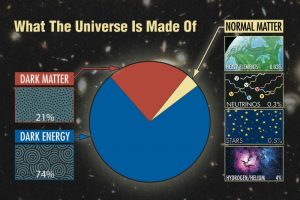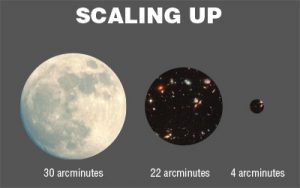
The way dark energy is normally measured is by mapping a large number of galaxies at specific redshifts. At this point, cosmologists have models that point to a specific redshift range where dark-energy started dominating the structure of the universe, so the goal of HETDEX and other dark-energy experiments is to map a large number of galaxies around that redshift range. This requires two things: 1) knowing where each galaxy is located on the sky, which is normally done by looking at deep images; and 2) knowing the redshift of each galaxy, which always requires taking a spectra.
The HET has undergone an upgrade that allows the telescope to look at a larger portion of the sky during a single observation. The size of the telescope upgrade can be seen here:

The new large field of view combined with the large size of its primary mirror (the third largest in the world), sets it apart from other telescopes trying to study dark energy. Other surveys normally detect galaxies from images and then observe them with a spectrograph to obtain their redshift. The HETDEX survey will use the very large field of view and a unique large spectrograph called VIRUS to map an entire portion of the sky and thus detect any galaxy present in that region. The area of the sky that will be observed can be seen here

Since HETDEX is a spectroscopic survey, the redshifts will be known as soon as the galaxies are detected. This approach will yield a large number of galaxies in one step, instead of having to go through two steps like other surveys do. Given that different surveys are looking at different parts of the sky, they are all complementary to each other. It is very important to show that results are consistent when looking at a different sets of data taken with different instruments.
Dark matter is normally measured within single galaxies or in galaxy clusters. There are a large number of techniques to do this, some using images and some using spectra. The HET is equipped with spectrographs that can do some of this work very well, but it is fair to say that they are equivalent to those in other telescopes. It is a good tool to study dark matter, but not a unique one.
So, to summarize, what makes the HET unique to study dark energy is its efficient collecting power due to the large field of view, the large size of the mirror, and a large spectrograph… once again, everything is bigger in Texas.
More information, videos and images can be found at the HETDEX website.
Dr. Eva Noyola
UT Austin